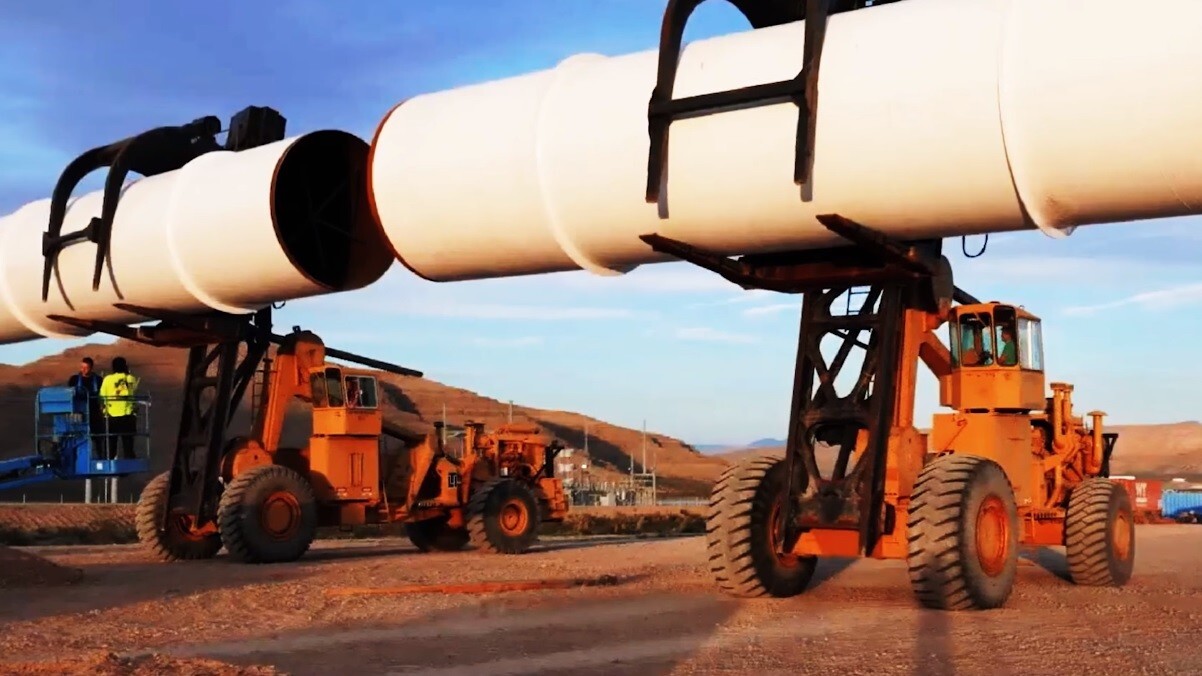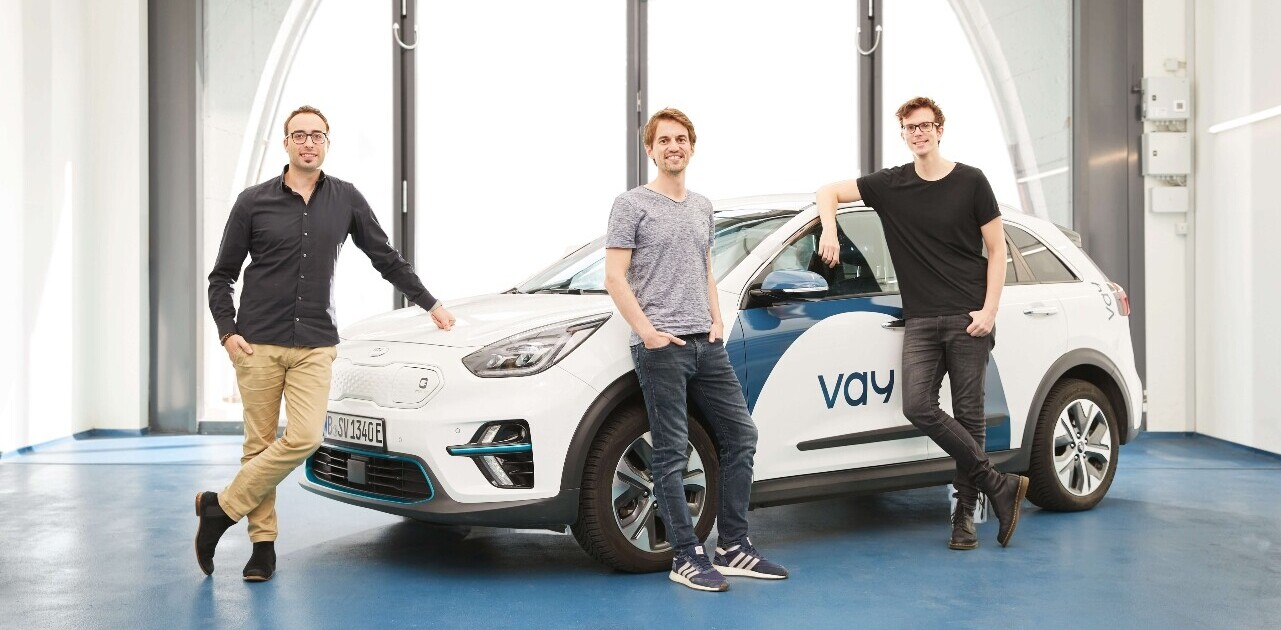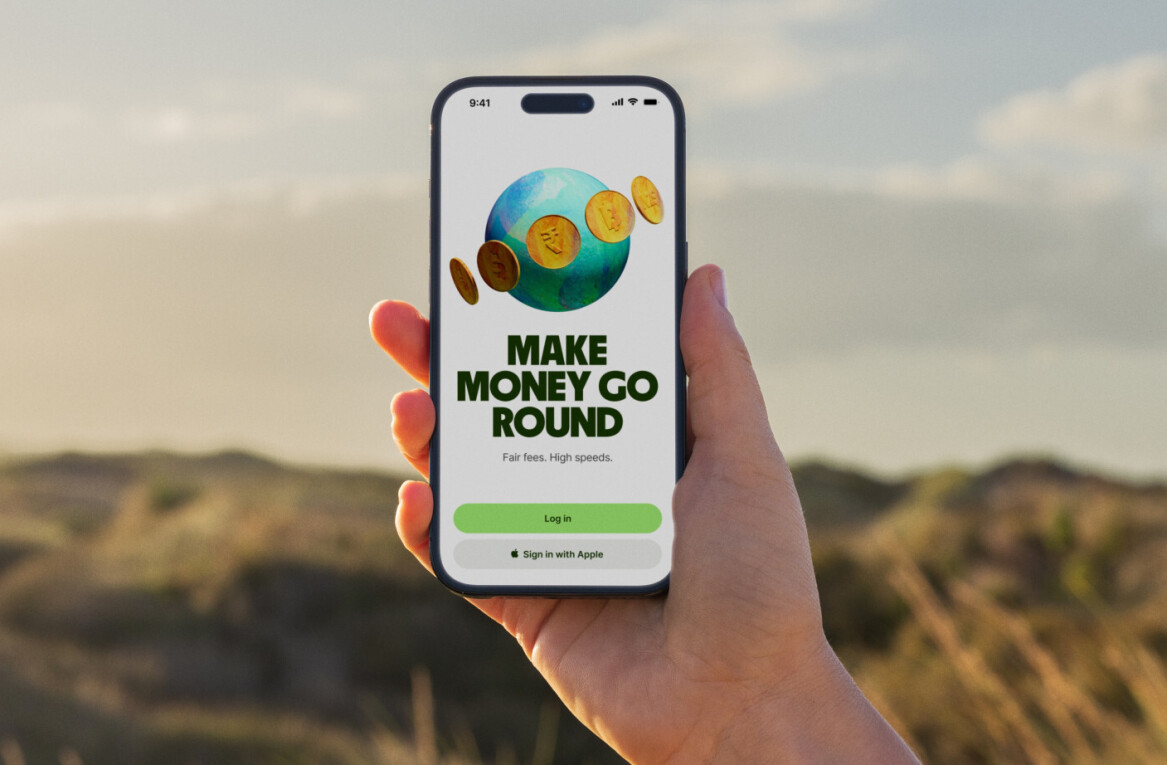Hyperloop One today announced the ten winners of its Global Challenge to determine the most viable commercial routes for its futuristic transportation tubes.
The contest was a request for scientists, engineers, and innovators around the world to submit proposals for ‘loops’ – the tunnels that Hyperloop One will send levitating pods through – to the company for review by a panel of experts.
Ten winners were selected, representing five countries, and those teams will now be invited to work closely with Hyperloop One on viability studies to try and bring their respective loops from proposal to reality.
Hyperloop One represents a transformative technology that was only recently proven to work through a series of tests. Once in-use, passengers will be able to travel through underground tubes in pods that use magnetic-levitation and low-friction aerodynamics to rival speeds reached by passenger jetliners.
Until now, there’s been little more than speculation in the way of exactly where the first Hyperloop One loop would be built, the announcement of the contest narrows things down.
Hyperloop One CEO Robert Lloyd told TNW, in an August interview, that the company was committed to having at least three loops completed — “somewhere in the world” — by 2021. Today’s list of contest winners narrows the potential locations down to 10, for now.
Shervin Pishevar, co-founder and Executive Chairman of Hyperloop One, said in a press release:
The Global Challenge became a movement of thousands of people from more than 100 countries over six continents. Like us, they believe that Hyperloop will not only solve transportation and urban development challenges within communities, it will unlock vast economic potential and transform how our cities operate and how we live. Our successful test this summer made Hyperloop a reality, and now we’re ready to bring our Hyperloop system to the world.
The countries with teams that won include the US, UK, Canada, Mexico, and India. If each route were approved and built they would represent the potential to revolutionize transportation across the globe.

While it may be a long-shot to bet all ten routes see the light of day (especially since they’ll be underground), the viability surveys will cost money and Hyperloop One is committed to spending resources investigating each of the above routes.
How long will it take to make trips using Hyperloop One?
US
- Chicago to Pittsburgh: (using Chicago — Columbus — Pittsburgh loop) 785 km / 47 min
- Dallas to Austin: (using Dallas – Laredo – Houston loop) 322 km / 19 min
- Denver to Colorado Springs: (using Cheyenne – Denver – Pueblo loop) 118 km / 9 min
- Miami to Orlando: 414 km / 25 min
India
- Bengaluru to Chennai: 334 km / 23 min
- Mumbai to Channai: 1102 km / 63 min
UK
- Edinburgh to London: 666 km / 50 min
- Glasgow to Liverpool: 545 km / 47 min
Mexico
- Mexico City to Guadalajara: 532 km / 38 min
Canada
- Toronto to Montreal: 640 km / 39 minutes
In the US, Colorado’s Department of Transportation’s (CDOT) ‘Road X‘ division, along side Fortune 500 company AECOM are partnering with Hyperloop One to make the company’s goals a reality. Hyperloop One CEO Robert Lloyd said in the press release:
We’re also excited about the partnership with CDOT and AECOM, which was a direct result of the Global Challenge and a testament to the power of open innovation. This is unprecedented and demonstrates how quickly the public-private sectors can partner to make Hyperloop systems a reality around the world. Studies like this bring us closer to our goal of implementing three full-scale systems operating by 2021.
Hyperloop One hasn’t seen much in the way of resistance, so far, and it appears imminent — viability studies will, most likely, inform where those three loops end up breaking ground.
We reached out to Hyperloop One to find out how long they planned to spend on viability studies before deciding where to build first, and we’ll update as necessary.
Get the TNW newsletter
Get the most important tech news in your inbox each week.






